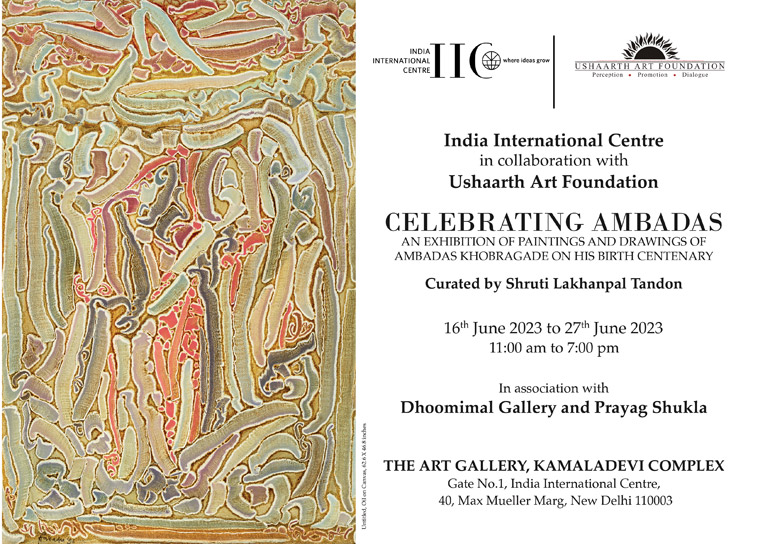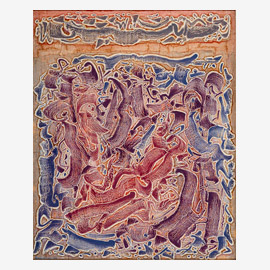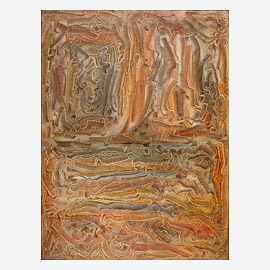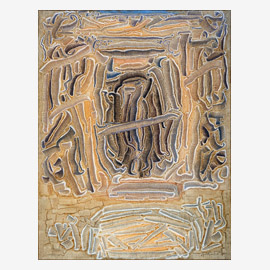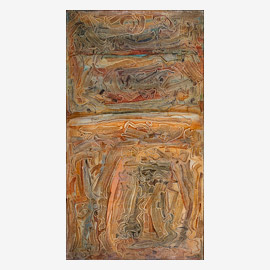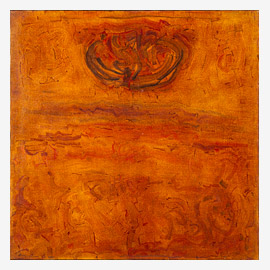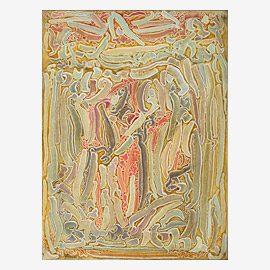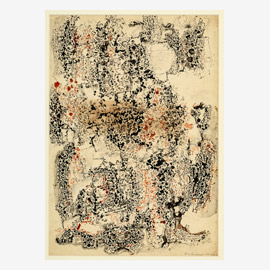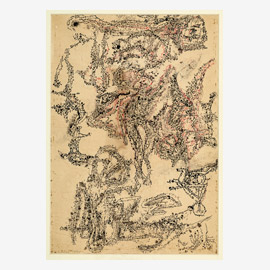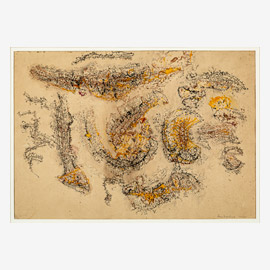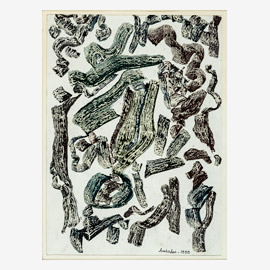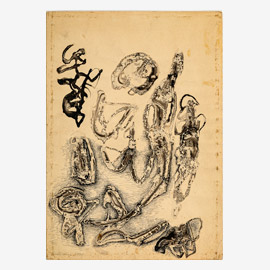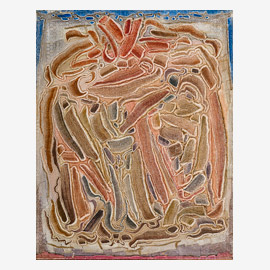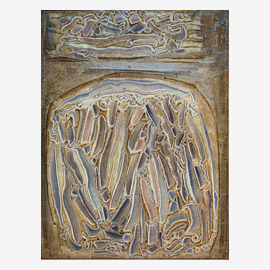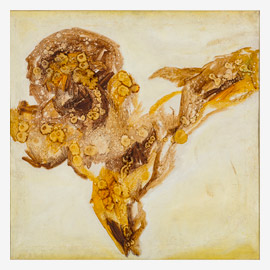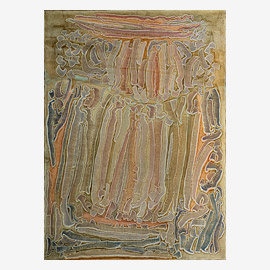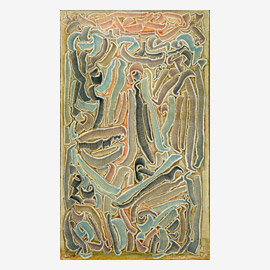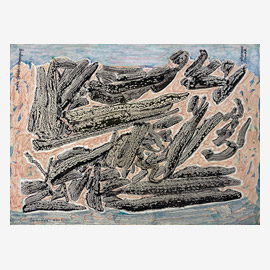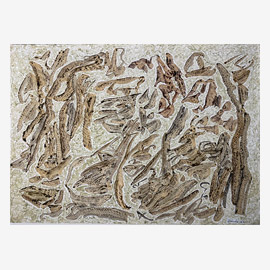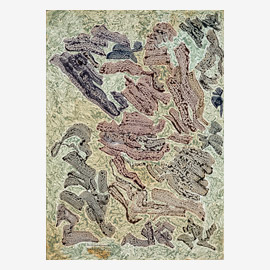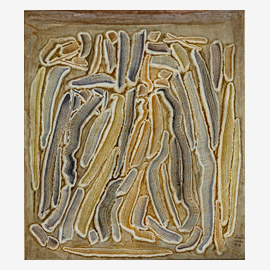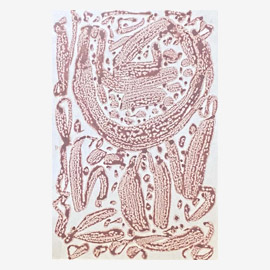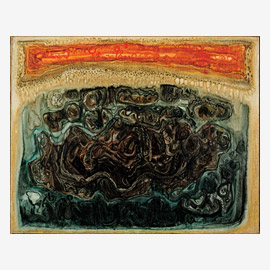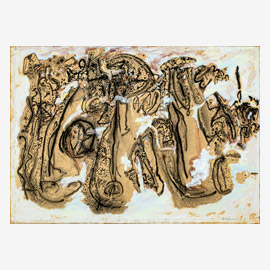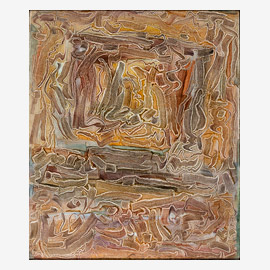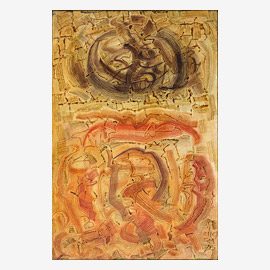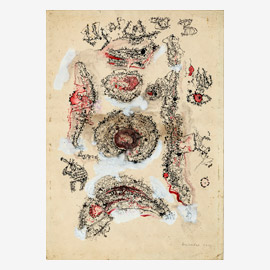The entire art fraternity has been enthusiastically involved in celebrating the centenary year of the artist’s birth globally. On his birth centenary, Dhoomimal Gallery is proud to celebrate his work and life in association with Ushaarth Foundation. His works are timeless and would forever talk about his genius.
Ambadas Khobragade was born in Telegaon, Maharashtra on 1st July 1922. His family moved to Akola when he was 10 years old. After completing his diploma from the Sir J....
The entire art fraternity has been enthusiastically involved in celebrating the centenary year of the artist’s birth globally. On his birth centenary, Dhoomimal Gallery is proud to celebrate his work and life in association with Ushaarth Foundation. His works are timeless and would forever talk about his genius.
Ambadas Khobragade was born in Telegaon, Maharashtra on 1st July 1922. His family moved to Akola when he was 10 years old. After completing his diploma from the Sir J. J. School of Art in 1952, he worked for 10 years as a textile designer with the Weaver’s Service Centre, Handloom Board of India. In 1972, he moved to Norway after his marriage to a Norwegian lady Hege Backe.
Ambadas ji was an exceptional and true abstractionist of Indian Modern Art. During his times it was more of the freedom movement, which to a great extent was responsible for his personal being and outburst of expression in his art forms.
The most gentle, humble and soft-spoken human being, he conversed with his audiences through his painting and the sophisticated palette. He chose a distinct palette, something that drew undivided attention of the audiences. The symphony of intermingling meditative forms captured on the canvases was a composition of undefined vocabulary, yet meditatively meaningful.
Deeply influenced by Vedic philosophy, Ambadas believed that creativity was an intangible force, an energy that gave sustenance to life itself. That the inherent balance between nature’s opposing elements, played the imperative role of stimulating man’s creative impulse.
Spending hours to mix his paints, Ambadas would add kerosene to break the pigment and varnish to bind it. The result was a unique linearity in his strokes, where paint dispersed across the canvas while forming distinctively unified lines, pulled together yet torn apart by the dynamics of opposing forces. Perfection, achieved through motion and restraint
Placing the canvas on the floor, Ambadas would move around it in an energetic trance, for 8-10 hours at a stretch, entirely in the grip of his creative surge. This was his divine dance – his means of transcending into another world. The sacred connection abated only once the painting was complete.
Ambadas painted with rare absolution – free of subject, expectation and intent. The only intention, if one can even term it that, was the innate, intense desire for man’s creativity to express itself.
Perhaps this is what led Ambadas to say, ‘It is not I who make it, it is made through me!’
